|
False healers and holy men are as old as time, deceiving those who want to believe. But they are actually obstacles to our progress and should be avoided. I suppose the trick is to recognize the true teacher from the false one.
Below are several verses from the Dattātreya Yoga Shastra, considered to be the first text describing Hatha Yoga in about the 12 century CE. False holy men were apparently a problem then, too. Always have been, always will be. "It is a well known fact that men who wear religious garb but undertake no religious practices deceive people by talking of yoga for purposes of lust and gluttony. Crafty men try various deceits; declaring 'we are yogins' they are fools, intent on nothing but their own satisfaction. Gradually coming to realize that men like that do not practice yoga, but attain their ends through words alone, one should shun those who wear religious garb. These people are always obstacles to your yoga practice. One should take pains to shun them." Dattātreya Yoga Shastra, 3.1.2, v47-50
0 Comments
Learning to control the breath separately from muscular engagements is the beginning of profound mental change that propels us beyond the practices of asana.
The practice of Nauli accomplishes 5 important things: 1) It strengthens and balances the abdominal muscles. It reveals and slowly heals imbalances of the rectus abdominis (6-pack), and awakens the transverse abdominis—the large but often ignored muscle vital for breathing, holding the intestines and organs in, and supporting the spine. 2) The thoracic (chest) vacuum reduces the pressure in the intestines, stomach and rectum, encouraging movement and improving digestion and elimination. This also helps prevent prolapse of the organs and rectum. 3) The suction of the abdomen into the chest cavity improves the relaxation and range of motion of the diaphragm, our main muscle of breathing that is difficult to access through other exercises. 4) External breath retention (holding the breath out) stimulates the parasympathetic nervous system, lowering the heart rate and stimulating digestion, relaxation and immune function. 5) It refines the control of our nervous system, teaching us to separate the muscles of breathing from the in- and out-flow of air. The first four stages of Nauli are: 1. 4-Part Breath 2. Uddiyana 3. Agni Sara 4. Engagement of the rectus abdominis It is important to have good control over each stage before progressing to the next, as each stage is built on the previous ones. NOTE Nauli is best practiced first thing in the morning, before eating and after emptying the bowels. The emptier the stomach and intestines, the more comfortable and effective Nauli will be. This is an excerpt from the Advanced 1 Practice Manual. A few years ago we met a man named Jerome Armstrong at Tony Sanchez Teacher Training. The next year, he invited us to travel with him to Kolkata in order to meet the family of Buddha Bose and eventually publish Bose's 84 Yoga Asanas. We did travel to India and we did publish the book. But little did we know, that was just the beginning... On our final day in India, we were able to take a yoga class from Muktamala Mitra, granddaughter of Bishnu Ghosh. (This was the result of us literally showing up at Ghosh's Yoga College unannounced and asking if she had time for us. Rude, but in this case luckily effective.) Thanks to Jerome and his ability to make the impossible possible, we returned later that same year to live at the school and get trained in therapeutic yoga. Since a group training of Westerners at Ghosh's College had never been done before, we found an eager bunch of yogi guinea pigs to come with us. They were studio owners, Bikram teachers and world travelers who have in turn, paved the way for more to be trained in this lineage of yoga therapy. I (Ida) have since been back a handful of times, attempting to get each new batch of trainees settled into the hectic area of the north Kolkata neighborhood where the college resides. It is my pleasure to watch the new faces take in all of the photos as they enter the historic school for the first time, to witness as they practice asana amidst those that practice there daily, and to continue to watch as Ghosh yoga therapy expands into new communities once they've return home.
These experiences have opened my eyes to what it means to experience. I have had to laugh when I catch myself telling the taxi drivers (sometimes in Bengali) where to go when they are lost in their own neighborhoods. Or how Scott and I have to tell the book seller that he really does have the book we're looking for, it's just on the shelf in the back corner. This particular situation was made more curious by the fact that while we waited for him to get it, he asked me what asanas he should do for his chronic stomach ailments. (The complexity of this makes for a significantly less successful Bengali conversation then the one with the taxi driver.) People ask why I return to Kolkata. Yes it is full of challenges, long travel time, dirty air but there's so much more. For me, it is experience. Never did I think any of this would happen, nor do I understand why things happen the way they do. I embrace the chance to fully experience whatever is out there calling my name. Right now, it happens to be Kolkata. PS - Right now, Jerome is back in India, still uncovering more about the rich history of this lineage. His book is almost done and sure to be worth the wait! |
AUTHORSScott & Ida are Yoga Acharyas (Masters of Yoga). They are scholars as well as practitioners of yogic postures, breath control and meditation. They are the head teachers of Ghosh Yoga.
POPULAR- The 113 Postures of Ghosh Yoga
- Make the Hamstrings Strong, Not Long - Understanding Chair Posture - Lock the Knee History - It Doesn't Matter If Your Head Is On Your Knee - Bow Pose (Dhanurasana) - 5 Reasons To Backbend - Origins of Standing Bow - The Traditional Yoga In Bikram's Class - What About the Women?! - Through Bishnu's Eyes - Why Teaching Is Not a Personal Practice Categories
All
Archives
May 2024
|

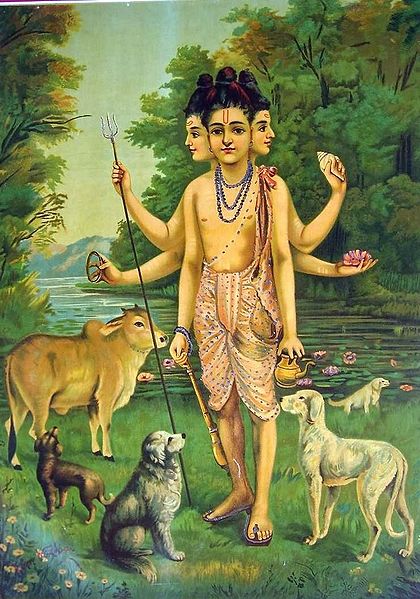
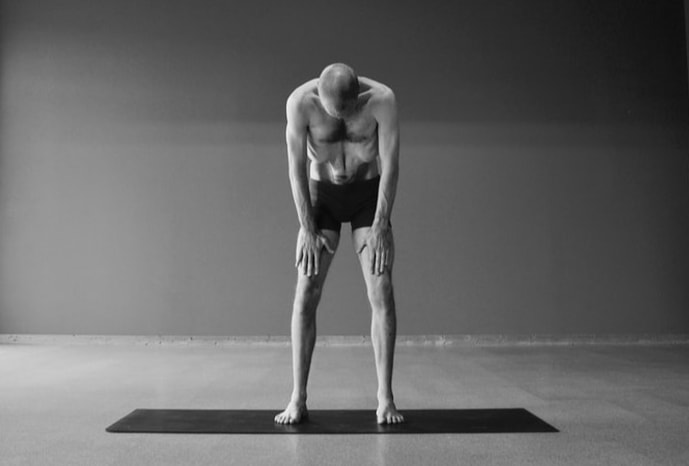
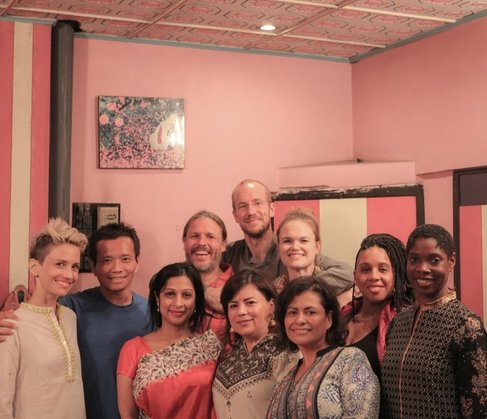
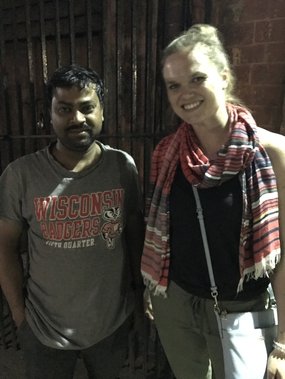

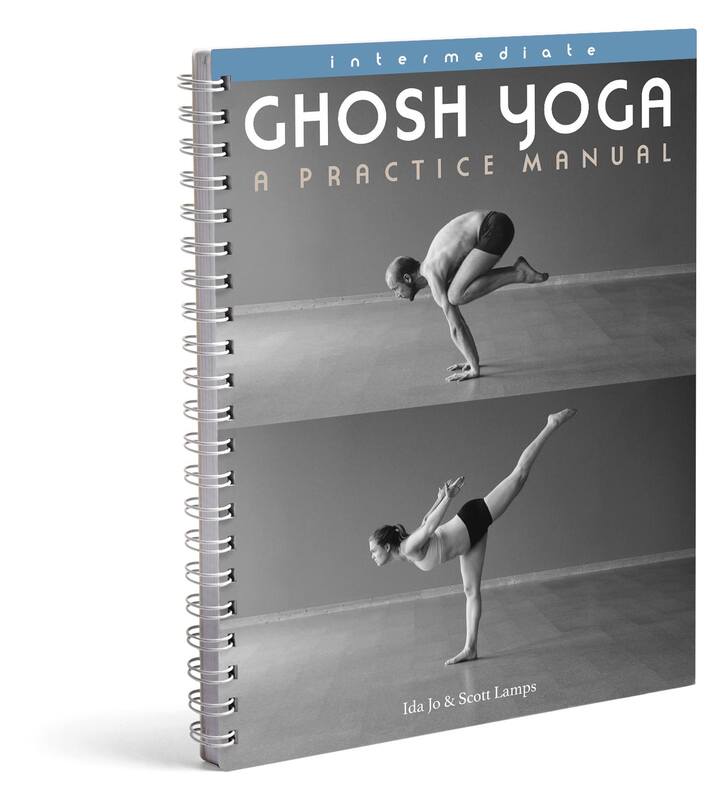
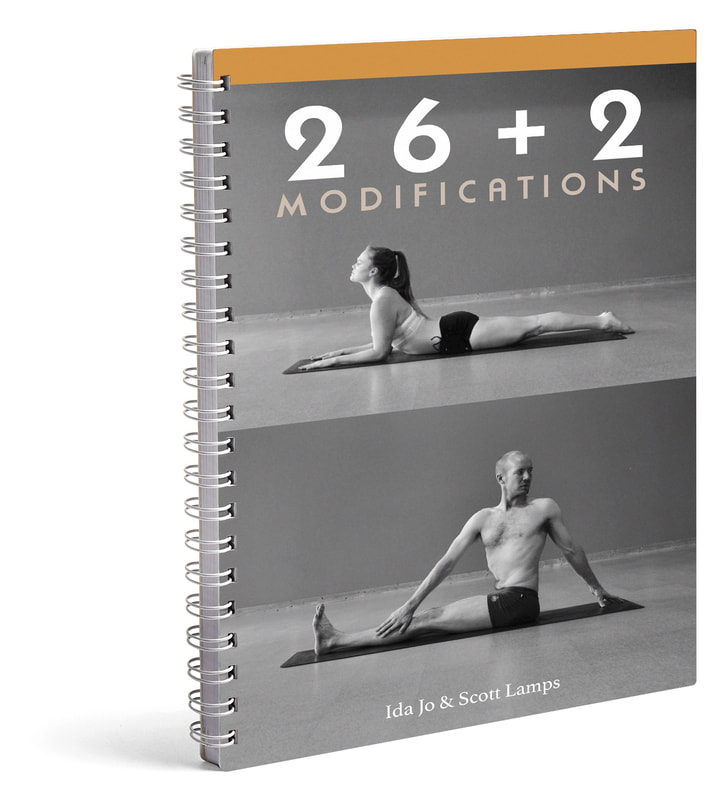

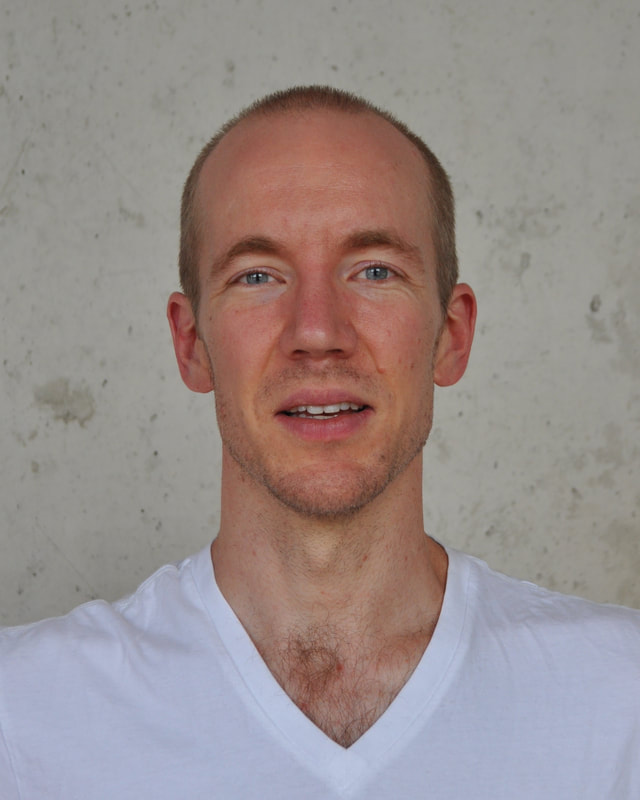
 RSS Feed
RSS Feed